The Breguet A2: It Does Up To 40 Kilometers Per Hour And Doesn’t Tell The Time
by Martin Green
Innovation is something that runs deep in the veins of the Breguet family. Abraham-Louis Breguet is not only hailed as the inventor of the tourbillon, but also as the godfather of modern-day watchmaking – even by other brands.
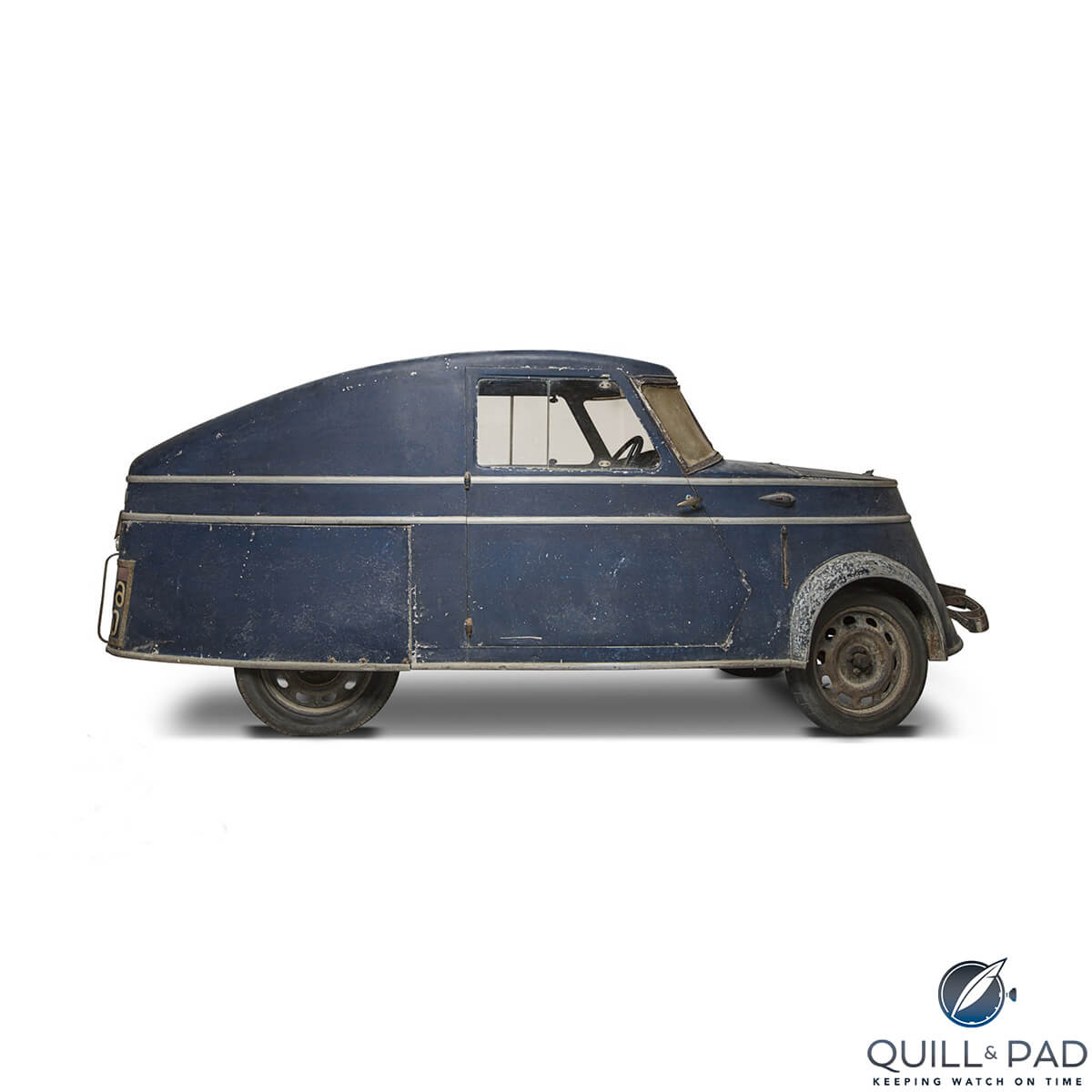
Breguet A2 on display at the Louwman Museum in The Hague, Netherlands (photo courtesy Louwman Museum)
Yet, this was not the only field in which the Breguet’s left a significant footprint. Abraham-Louis’s grandson, Louis François Clement Breguet (1804-1883) for example, was awarded the Legion d’Honneur (France’s highest honor) in 1845 for his work with physics and telegraphy as well as watchmaking.
Louis François Clement Breguet is one of the 72 scientists, which include Louis Daguerre (photography) and Léon Foucault (physics), engraved by Gustave Eiffel on the four sides of the Eiffel Tower in homage to science.
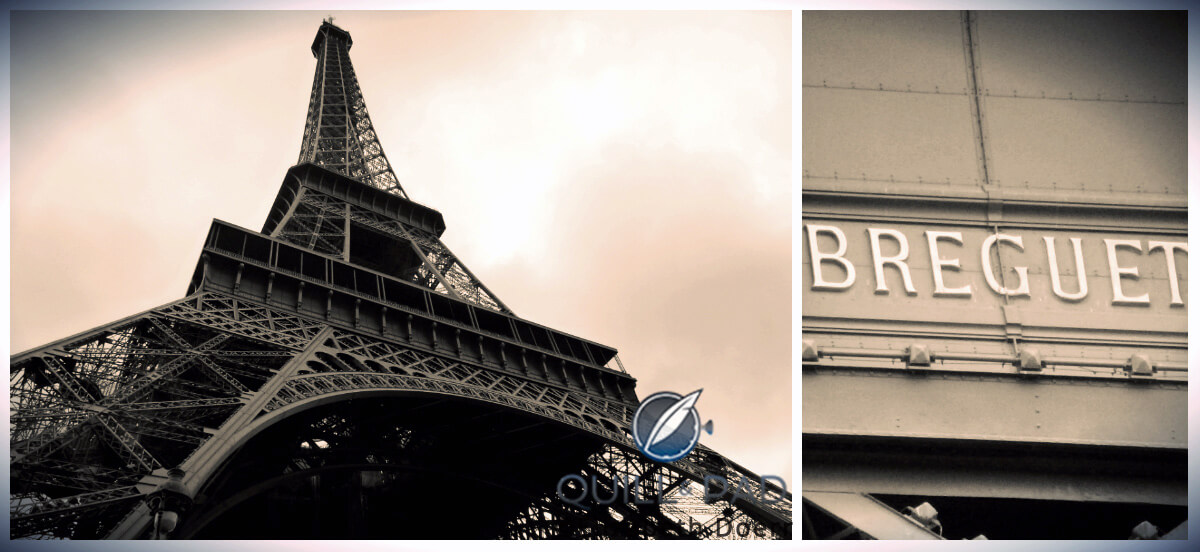
“Breguet” is one of the 72 scientists honored by Gustave Eiffel with his name on the Eiffel Tower
So it should come as no surprise that his grandson, Louis Charles Breguet (1880-1955), great-great-grandson of Abraham-Louis Breguet, was technically gifted as well; he was a pioneer in aviation.

Louis Charles Breguet in 1909 (photo courtesy Wikipedia)
Louis Charles Breguet first dipped a toe into this field in 1905 when he started developing a gyroplane. It achieved moderate success upon its first flight in 1907, and in later flights managed to hover 1.5 meters above the ground.
However, Breguet made good progress and with later models in the 1930s set both the speed record for gyroplanes at 110 kph as well as an altitude record of 157 meters.
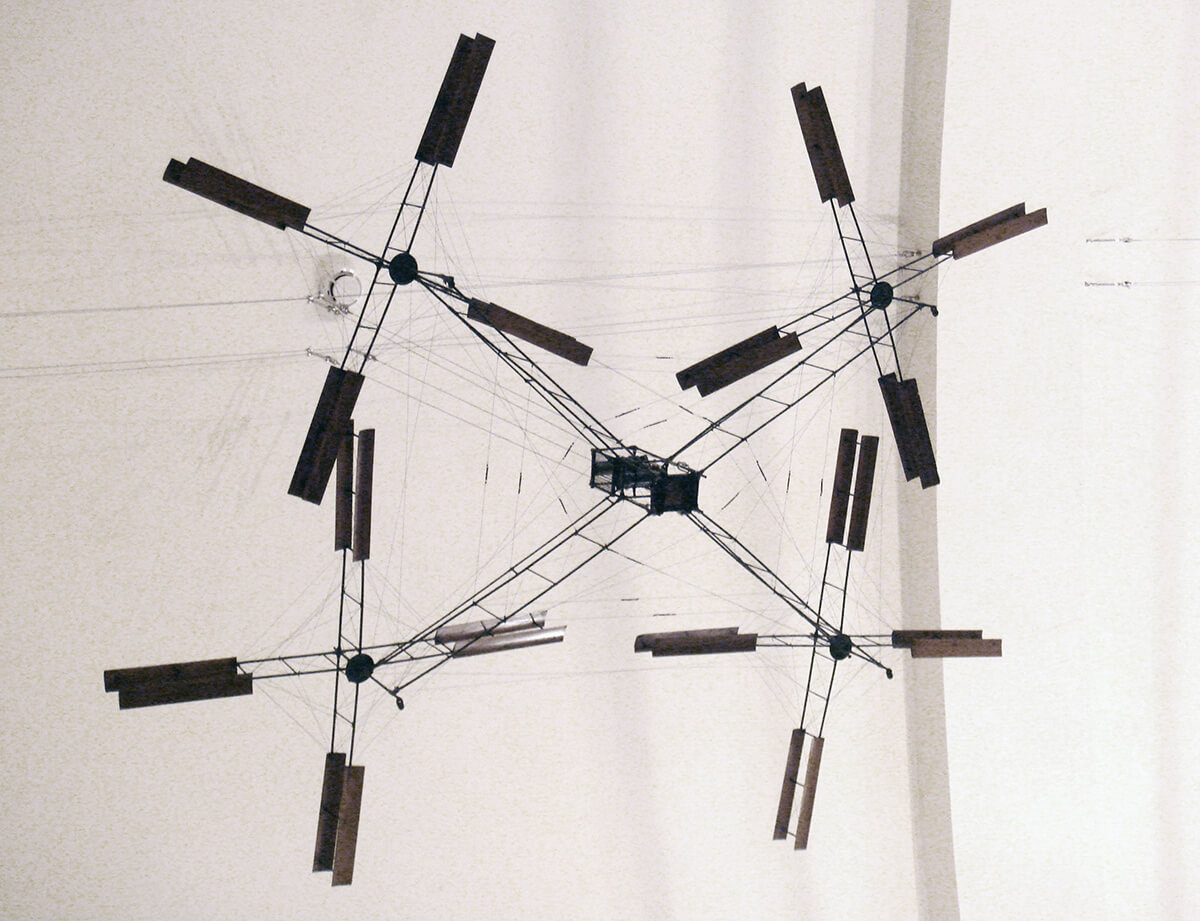
Breguet’s quad-bladed gyroplane from 1907 (photo courtesy Wikipedia)
It was, however, fixed-wing aircraft that brought Louis Charles Breguet fame.
In 1911, he founded the Société des Ateliers d’Aviation Louis Breguet, more commonly known at Breguet Aviation, which built various reconnaissance aircraft deployed by the French during World War I. Breguet Aviation became a pioneer in creating aircraft made from metal, with the highly successful Breguet 14 single-engine day bomber as the prime example.

The Breguet 14 was a World War 1 French biplane bomber and reconnaissance aircraft (photo courtesy Wikipedia)
Just like his great-great-grandfather, Louis Charles Breguet’s mind seemed to work best when challenged. France during World War II offered plenty of challenges, first and foremost because the Nazi puppet government did not allow him to build any planes. It also heavily regulated the sale of gasoline to civilians.
Yet despite this, there was still a market for cars, however modest.
Louis Charles Breguet capitalized on this by creating the A2 automobile. Building these cars allowed him not only to keep his company afloat during the war, but also to keep his workforce employed.
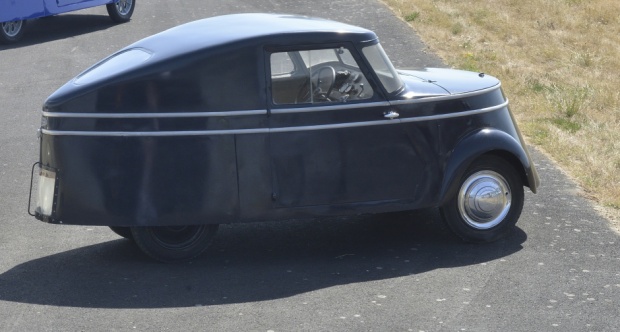
Breguet A2 (photo courtesy Artcurial)
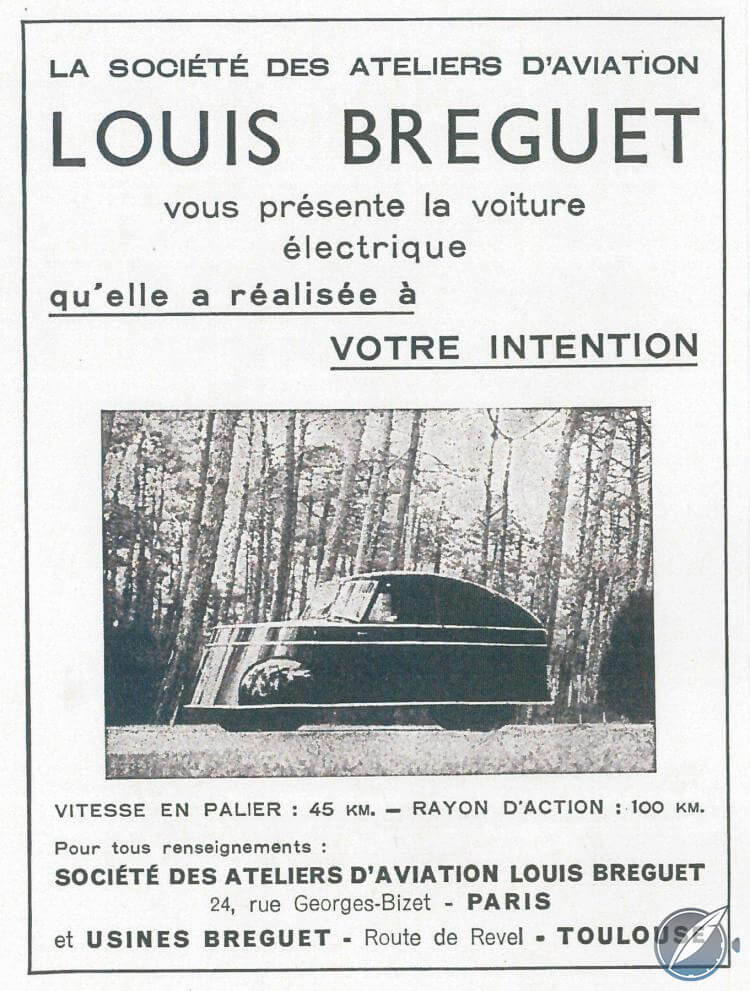
Advertisement for the Breguet A2 (photo courtesy Artcurial)
This was not completely unfamiliar territory, as Breguet had created a few luxury six-cylinder cars before World War I. Yet despite being of excellent quality, they did not become the success he had hoped for.
To get around the restricted sale of gasoline, Breguet made the A2 car electric, powered by six 12-volt batteries. Despite this, its performance was more than sufficient, with a top speed of 40 kmh and a range between 70 and 100 kilometers. The car itself consisted of a simple, central tube chassis upon which the aluminum body work was mounted and welded.
The shape of the A2 is unusual and it was often referred to as an airplane without wings. The car was light, weighing a mere 650 kilograms and offered ample room for the driver and a passenger. Suicide doors (hinged at the back) made getting in and out of the car easy, and from every aspect, you can say that Breguet was successful in creating a practical car under very difficult circumstances.
While sales may not have been considered high under normal market conditions, Breguet sold nearly 200 A2s. To put the price into some perspective, the Breguet A2 cost more than the half the price of much larger and more luxurious Citroen Traction Avant, however you could not drive the Citroen because you couldn’t buy petrol for it.
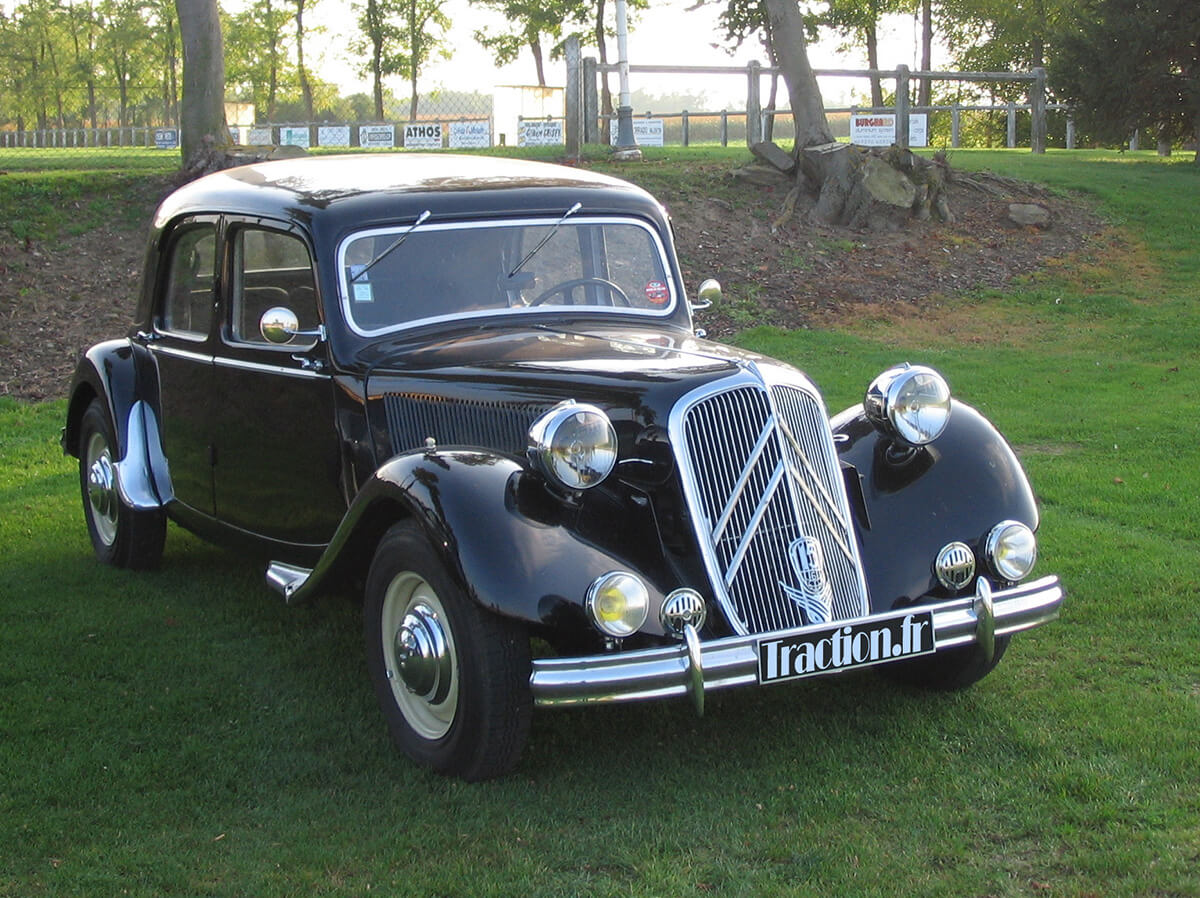
The Citroen Traction Avant offered much more car for about twice the money as the Breguet A2 (photo courtesy Wikipedia)
Also, it is very likely that getting the raw materials to make the car would have been a major challenge by itself, especially later on in the war, when the Nazis were fighting both the Russians and the Allied Forces and all their resources were dedicated to this.

Streamlined back of the Breguet A2 (photo courtesy Kuil Banden)
Today the A2 is one of the world’s rarest cars with only four confirmed survivors. Three are owned by descendants of the Breguet family; one of these was auctioned earlier this year by Artcurial. This car was in remarkable condition with only one repaint and reupholstered seats during its lifetime. In fact, in the 1990s it was still being driven by its previous owner before it went into storage. The Breguet A2 was sold at this auction for €41,720.
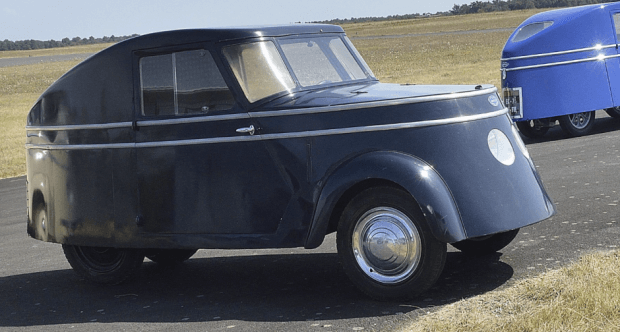
Breguet A2 electric car from 1942
Despite its venture into car manufacturing for this short period, Breguet Aviation continued successfully making aircraft as soon as the war was over. The last new model that introduced under the Breguet name was the Atlantique, a long-range maritime patrol aircraft from 1961. The Atlantique remained in production until 1985, even though the company had merged with Dassault in 1971.
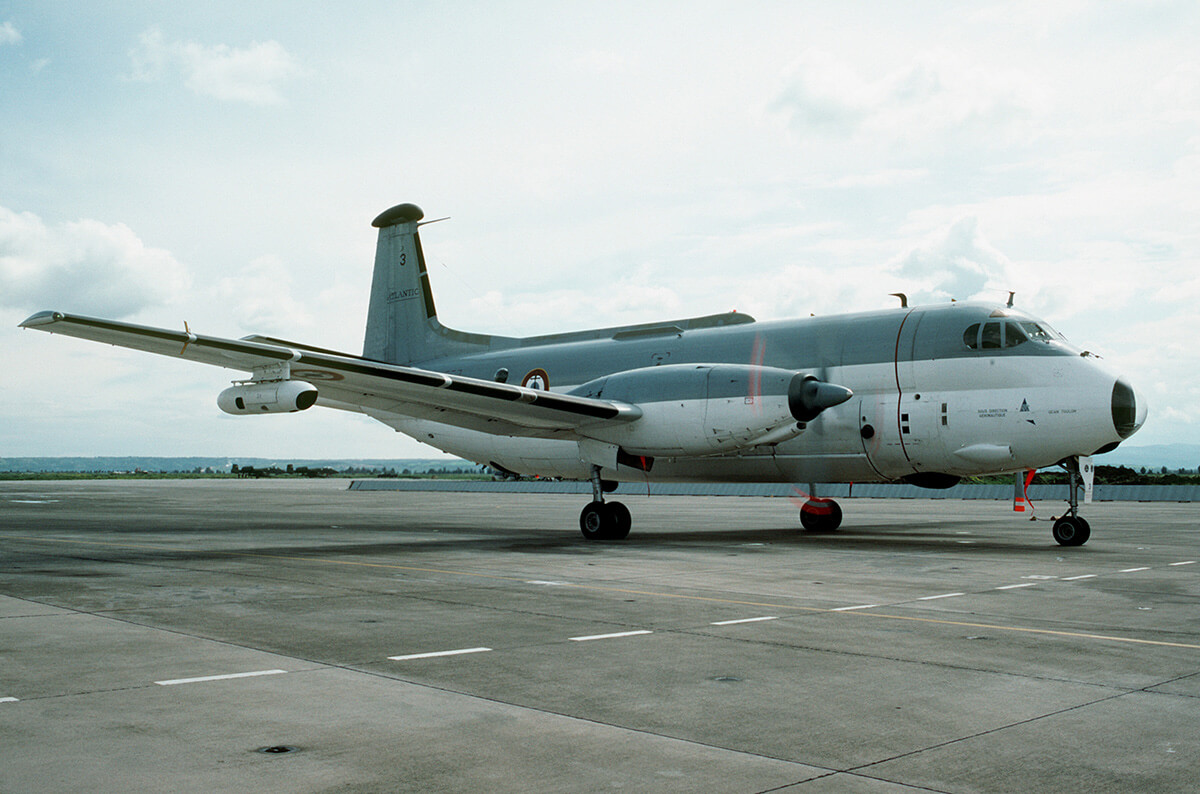
Breguet Aviation/Dassault ‘Atlantique’ from 1991 (photo courtesy Wikipedia)
This merger meant that in 1990 the grand name of one of the world’s foremost aviation pioneers, and an occasional car manufacturer, was retired from use in its industry.
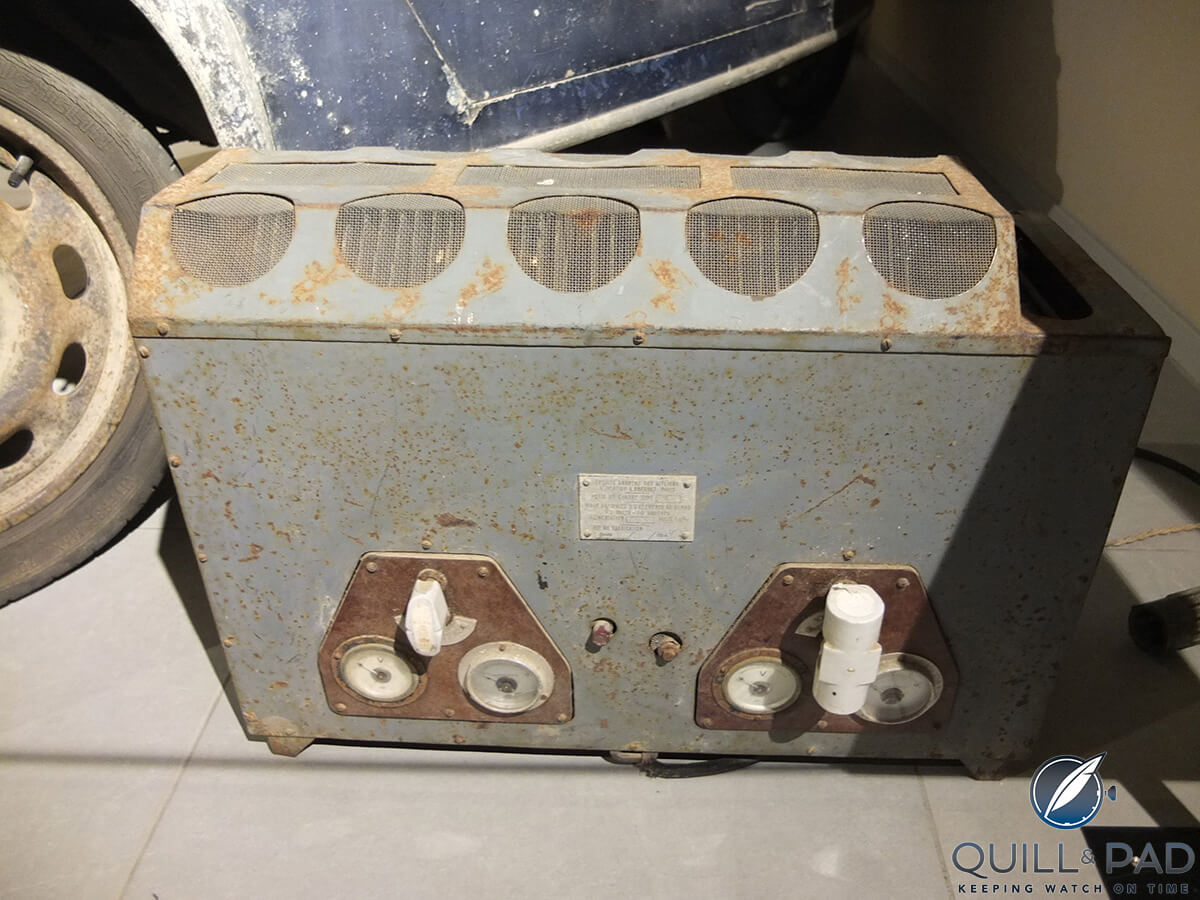
Original battery charger for the Breguet A2 (photo courtesy Martin Green)
Those who may be interested to see a Breguet A2 for themselves can visit The Hague in the Netherlands, where one of these rare automobiles is on permanent display at the Louwman Museum.
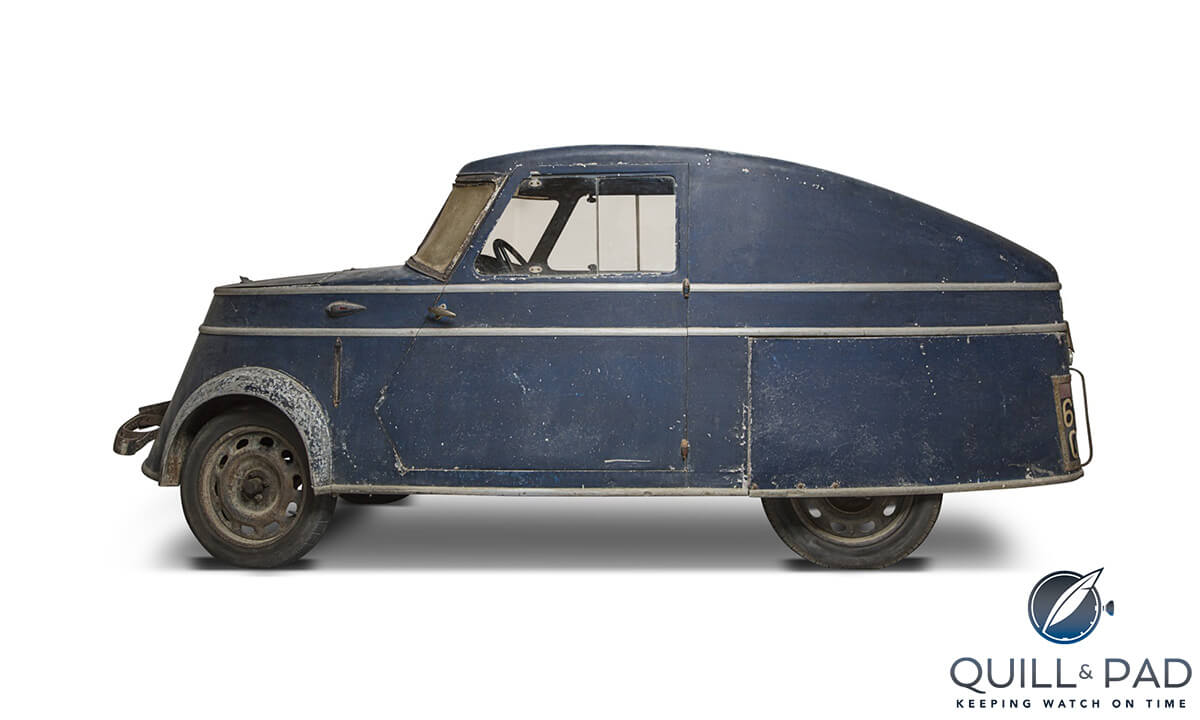
Breguet A2 on display at the Louwman Museum in The Hague, Netherlands (photo courtesy Louwman Museum)
This car was one of the last A2s to be built, and it is in original condition, including the battery charger that Breguet delivered with each vehicle.
Quick Facts Breguet A2
Engine: Paris-Rhone electrical engine
Power: six 12-volt batteries
Transmission: 3 forward gears, 1 reverse
Top speed: 65 kph
Range: 70-100 km, depending on terrain
Limitation: 200 originally, only four known to exist now
Value: €41,720 (last auction result, February 2017)
Leave a Reply
Want to join the discussion?Feel free to contribute!



Great informative article, I knew about the areoplane but had no idea about the auto….thank you
Hi Stan, Thank you for your nice comment! Glad to hear you enjoyed the article about this little known, yet interesting, part of the Breguet family history.
Martin
Delightful piece on a strange-looking vehicle (I wonder what Buckminster Fuller would have thought…) … First I read about Breguet planes was actually before my watch days. Alistair Horne mentions the Bre 691/693 planes as one of the more effective fighter planes during the disastrous battle of France in “To Lose a Battle.” They were faster han the German StuKas. Breguet DNA seems to be very mechanical…
It does, Marton! Thanks for reading, we’re glad we could interest your curious nature.